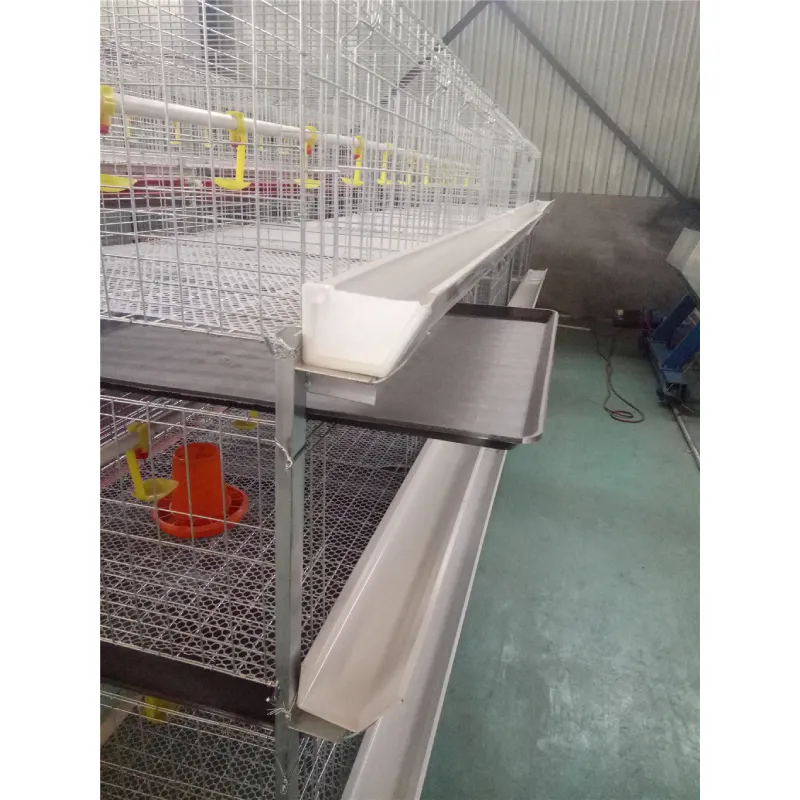Efficient Pellet Machines for High-Quality Livestock Feed Production
Oct . 01, 2024 05:14 Back to list
Efficient Pellet Machines for High-Quality Livestock Feed Production
Understanding Livestock Feed Pellet Machines A Key to Efficient Animal Nutrition
In today’s modern agriculture, maximizing livestock productivity while ensuring sustainable practices is a primary concern for farmers and livestock producers. Central to achieving this goal is the efficient formulation and delivery of animal feed. The livestock feed pellet machine plays a crucial role in this process, revolutionizing how feed is prepared and enhancing the nutritional value available to livestock.
What is a Livestock Feed Pellet Machine?
A livestock feed pellet machine is a specialized piece of equipment designed to compress raw feed ingredients into pellets. These machines utilize heat, moisture, and pressure to transform powdered or granular feed into compact, uniformly shaped pellets. The process not only helps in conveying the nutrients more efficiently but also improves the digestibility of animal feed.
Benefits of Pelletized Feed
1. Enhanced Nutritional Value One of the most significant advantages of using a pellet machine is the improved nutritional profile of the feed. Pelletizing can enhance the bioavailability of nutrients, making them easier for livestock to digest. The high temperatures involved in the pelleting process can also help eliminate certain pathogens, ensuring a safer feed product.
2. Reduced Feed Wastage Loose feed can often lead to wastage as animals may spill or refuse to eat unpalatable ingredients. Pellets minimize this issue as they are more appealing and easier for animals to consume, leading to better feed conversion ratios.
3. Storage and Transportation Efficiency Pellets are more compact than traditional feed forms, allowing for easier storage and transportation. Their uniform size and shape facilitate stacking and handling, which can significantly reduce transportation costs.
4. Customization of Feed Formulations With a feed pellet machine, farmers can customize feed formulations tailored to the specific nutritional needs of their livestock. Different additives, vitamins, and minerals can be included in the pellet formulation to cater to various species and growth stages.
5. Environmentally Friendly By optimizing feed efficiency and reducing waste, pellet machines contribute to more sustainable livestock farming practices. Efficient feed utilization can also decrease the carbon footprint associated with feed production.
livestock feed pellet machine

How the Machine Works
The operation of a livestock feed pellet machine typically involves several key steps
1. Mixing Raw ingredients, including grains, legumes, and nutritional supplements, are thoroughly mixed to create a balanced feed formula.
2. Conditioning The mixed ingredients are then subjected to steam and heat in a conditioning chamber. This step helps to soften the ingredients, making them malleable for shaping into pellets.
3. Pelleting The conditioned feed is fed into the pellet mill, where it passes through a set of rollers and dies. The high pressure and temperature compact the feed into the desired pellet shape and size.
4. Cooling After pelleting, the pellets are cooled to stabilize their structure and prevent them from breaking apart during storage.
5. Packaging Finally, the finished pellets are packaged for distribution or storage, ready for feeding to livestock.
Conclusion
Investing in a livestock feed pellet machine can seem daunting, but the benefits it offers are undeniable. By transforming raw feed into high-quality pellets, farmers can improve the overall health and productivity of their livestock while optimizing operational efficiency. As the agricultural landscape continues to evolve, the role of technology, such as feed pellet machines, will be indispensable in meeting the nutritional demands of livestock, ensuring food security, and promoting sustainable farming practices for the future.
-
Automatic Feeding Line System - Anping County Yize Metal Products Co., Ltd.|Pan Feeder Nipple Drinker,Broiler Farming
NewsJul.30,2025
-
Automatic Feeding Line System Pan Feeder Nipple Drinker-Anping County Yize Metal Products Co., Ltd.
NewsJul.30,2025
-
Automatic Feeding Line System-Anping County Yize Metal Products Co., Ltd.|Durable Construction&Easy Maintenance
NewsJul.30,2025
-
Automatic Feeding Line System-Anping County Yize Metal Products Co., Ltd.|Pan Feeder Nipple Drinker&Durable Poultry Farming Solution
NewsJul.30,2025
-
Automatic Feeding Line System Pan Feeder Nipple Drinker|Anping County Yize Metal Products Co., Ltd.
NewsJul.29,2025
-
Automatic Feeding Line System-Pan Feeder Nipple Drinker|Anping County Yize Metal Products Co., Ltd.
NewsJul.29,2025






